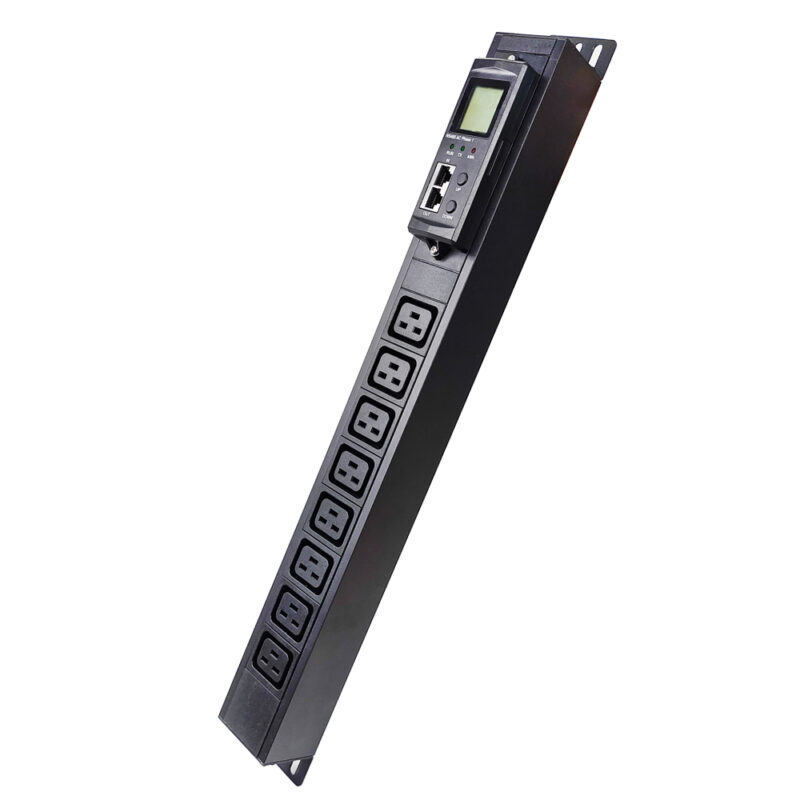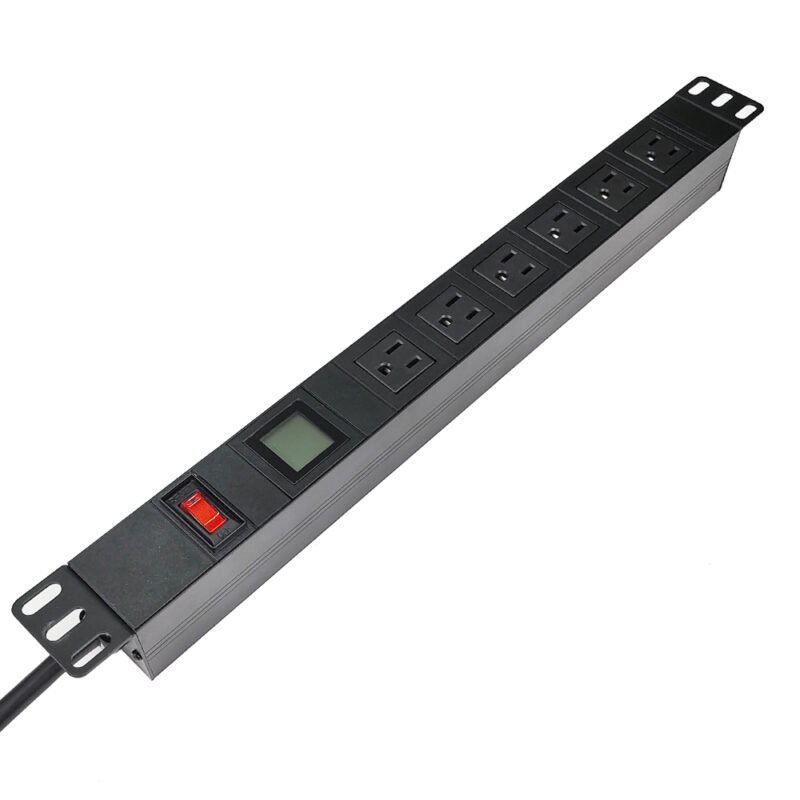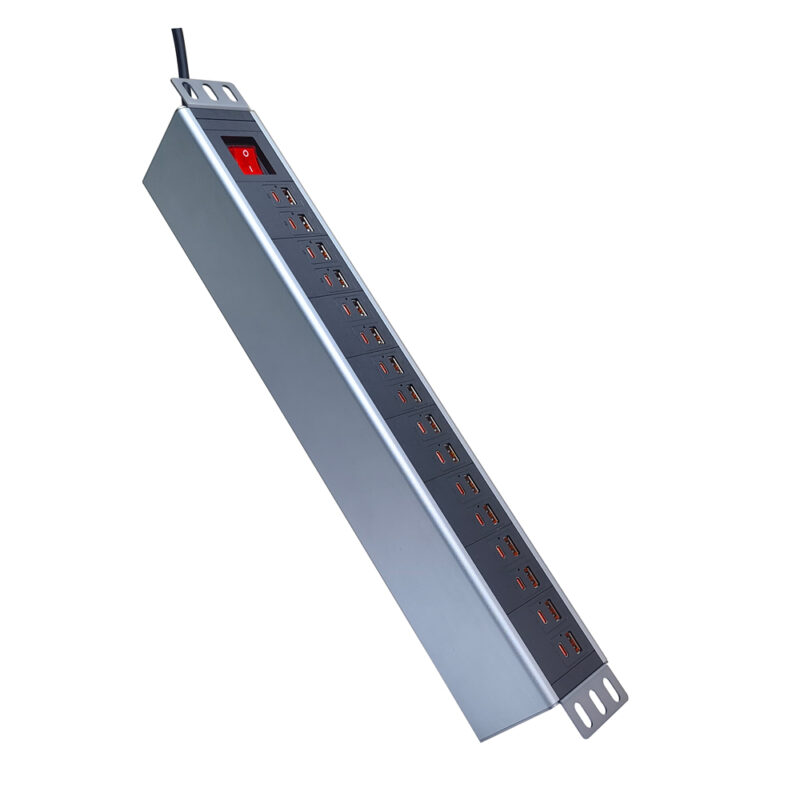
Did you know that the global power distribution unit market is projected to reach a staggering $3.5 billion by 2026? This explosive growth underscores the critical role PDUs play in ensuring efficient power management across various industries. As we delve into the characteristics and market attributes of these essential devices, it becomes clear why they are increasingly idolized in today’s tech-driven world.
Click to find more about power distribution units pdu.
The Essential Role of Power Distribution Units (PDU)
power distribution units (PDUs) serve as vital components in data centers and other facilities where reliable power supply is paramount. These devices not only distribute electrical power but also monitor energy consumption, making them indispensable for optimizing operational efficiency. In terms of market attributes, PDUs are characterized by their versatility, scalability, and advanced features such as remote monitoring capabilities. Furthermore, their integration with Demand Forecasting Techniques allows businesses to anticipate energy needs more accurately and manage resources effectively.
Diving Deeper: PDUs and Demand Forecasting Techniques

The intersection between power distribution units and Demand Forecasting Techniques reveals how organizations can leverage technology to enhance performance. By utilizing real-time data analytics provided by modern PDUs, companies can predict future energy demands based on historical usage patterns. This predictive capability enables better planning for capacity expansion or reduction while minimizing wasteful expenditures on excess infrastructure—ultimately leading to significant cost savings over time.
Sipolar’s Unique Approach to Demand Forecasting Techniques
Sipolar stands out in the realm of demand forecasting due to its innovative methodologies tailored specifically for PDU applications. Their approach incorporates machine learning algorithms that analyze vast datasets from multiple sources—including environmental factors—to refine forecasts continuously. This level of sophistication ensures that businesses using Sipolar’s solutions can adapt swiftly to changing conditions while maintaining optimal energy utilization levels.
Conclusion
In summary, power distribution units (PDUs) are not just passive conduits for electricity; they embody a strategic asset within modern infrastructures through their integration with Demand Forecasting Techniques. As we’ve explored today, understanding these dynamics empowers organizations to make informed decisions about resource allocation and sustainability efforts moving forward.
